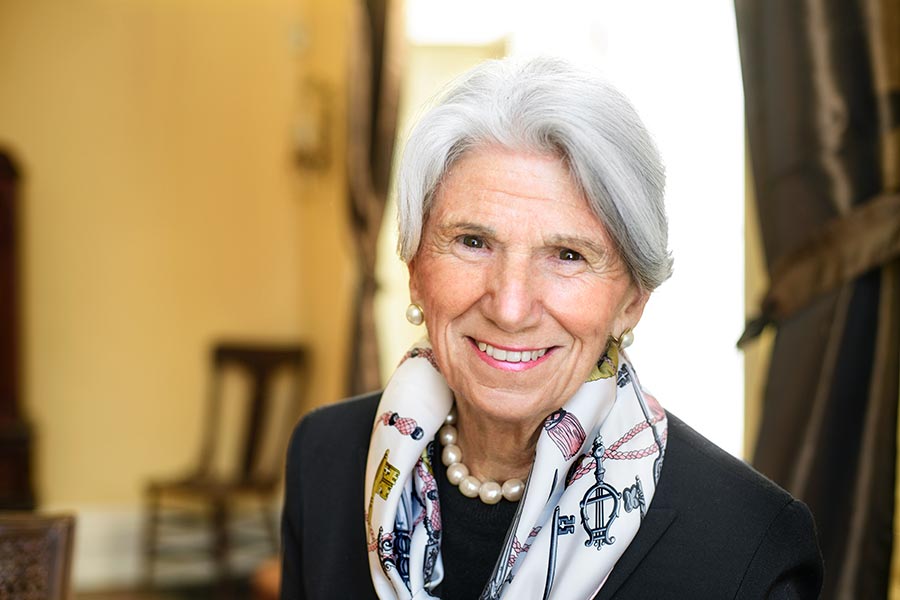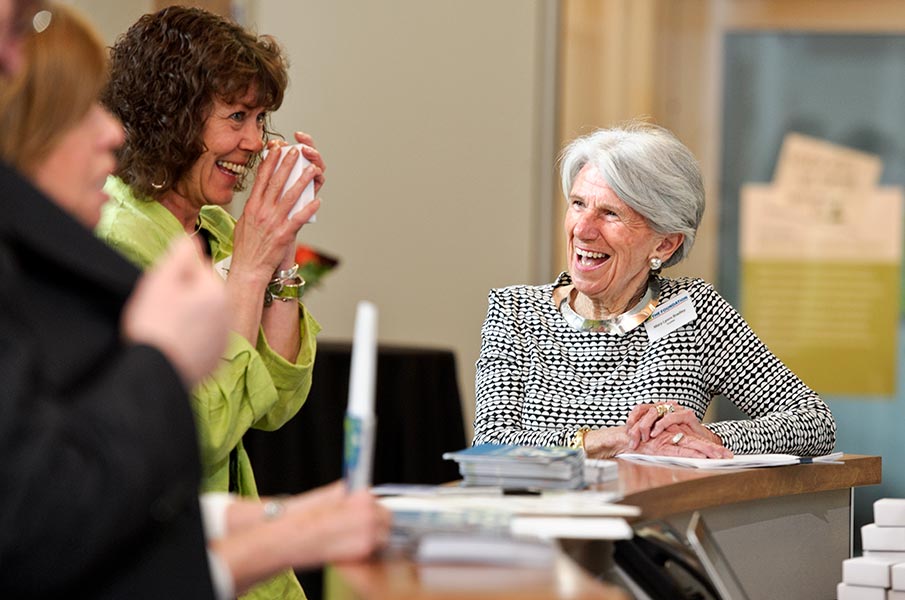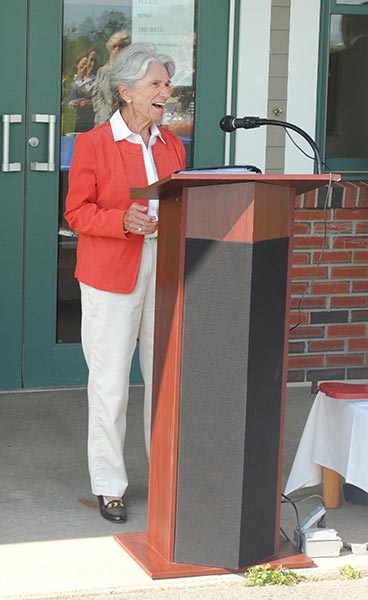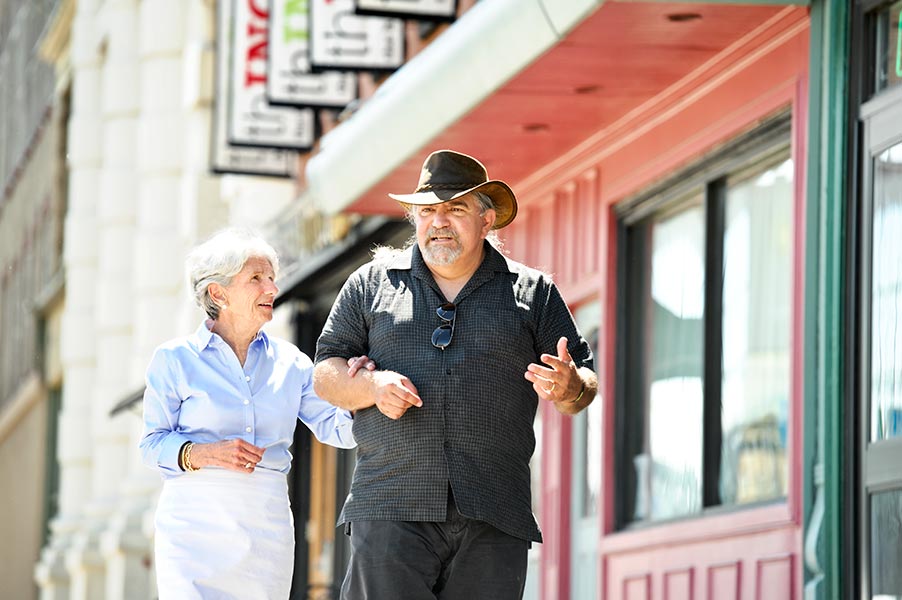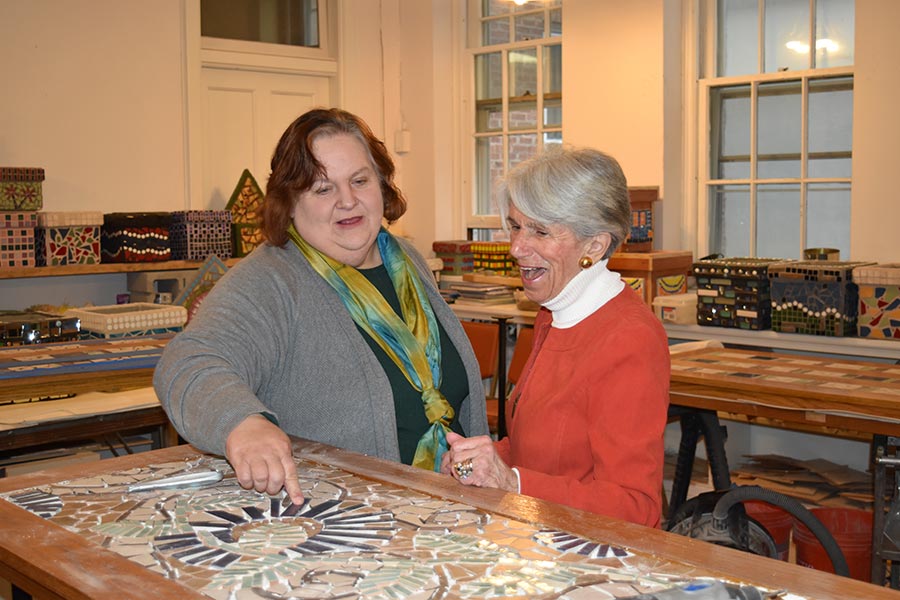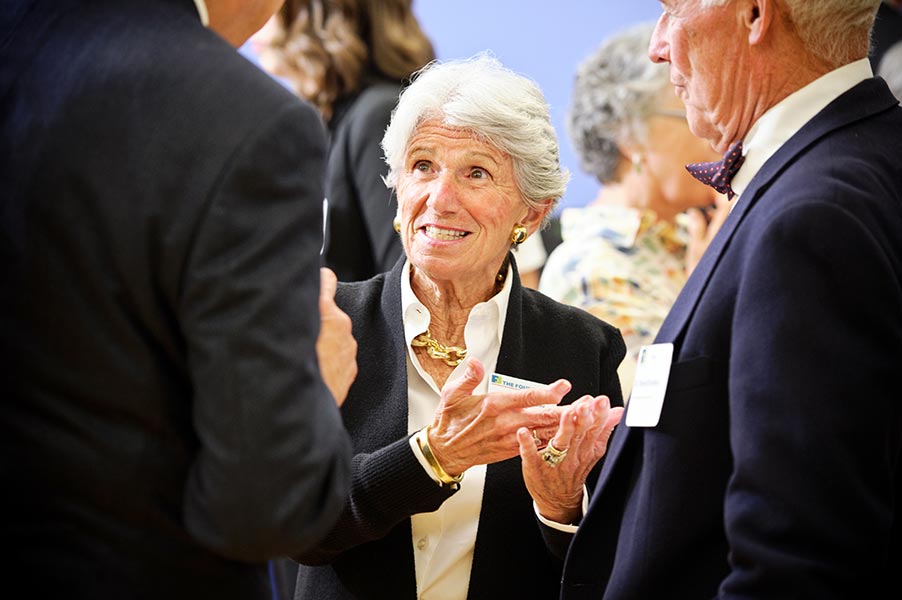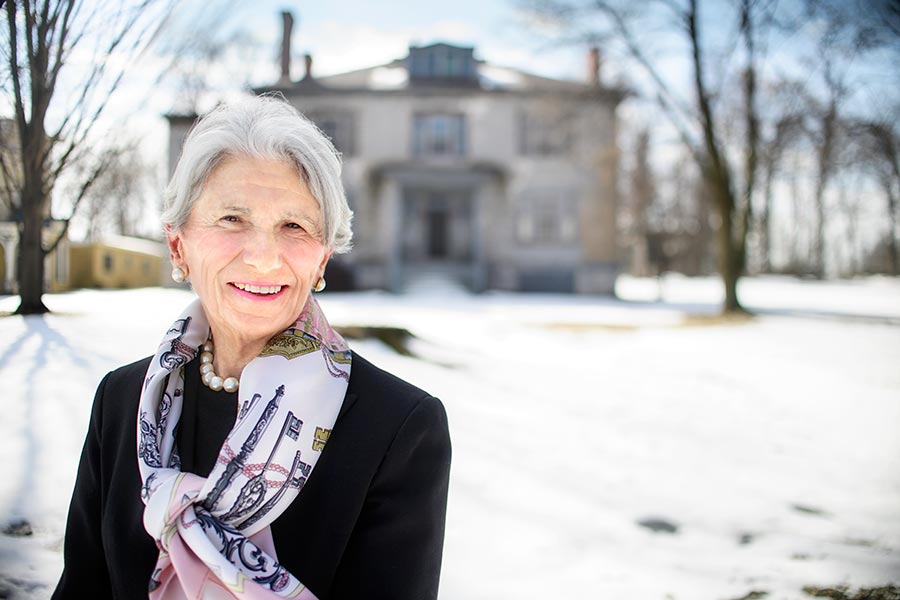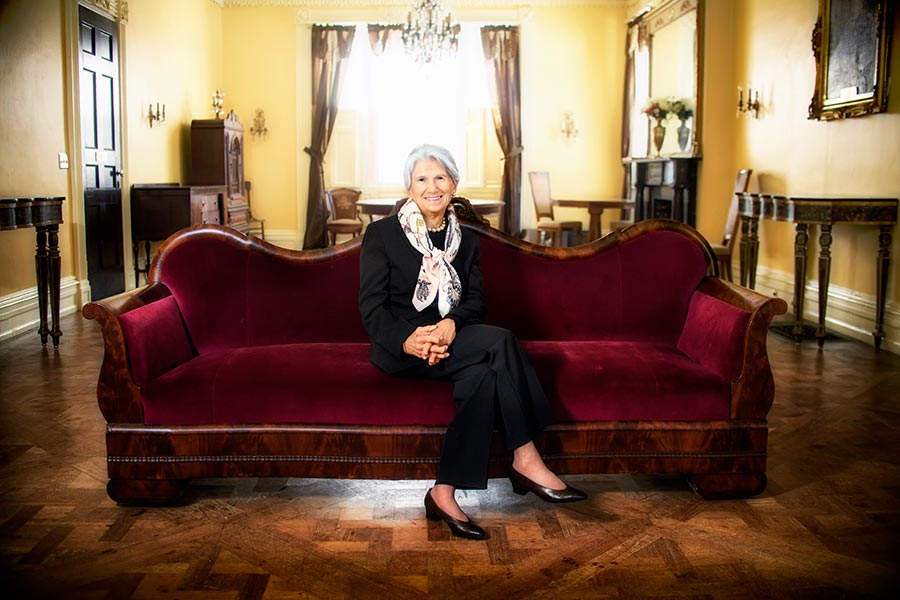
Mary Lyons Bradley - In Her Own Words
Beyond her winning stats as a dedicated board member and generous community leader, Mary Lyons is, above all, a friend to everyone she meets.
At The Community Foundation, we’re big fans of MLB.
Major League Baseball? No, “MLB” is the staff’s affectionate nickname for Mary Lyons Bradley. Beyond her winning stats as a dedicated board member and generous community leader, Mary Lyons is, above all, a friend to everyone she meets. She brightens the lives of those around her in countless ways, often with a kind word, a handwritten note or a warm embrace. Mary Lyons shows us the tremendous impact of thoughtful community engagement – it’s major. We think she’s in a league all her own.
As her service on the Board of Trustees came to a close in 2017, MLB shared some thoughts about her decade of service to the organization, and much more!
One of three daughters born to Mary and Salvatore “Doc” Durant, Mary Lyons was named after an Irish great-grandmother and grew up in Frankfort. “I think in many ways [that] made me the person I am today. It was small, everyone knew me and I knew everybody . . . the butcher, the baker, the candlestick maker. Everyone paid attention to you and looked after you.”
At a young age, she first learned about helping others, inspired by a caring mother and pharmacist father.
“My parents were very philanthropic. Living in a small town, there were people less well-off but not many organizations that could tend to their needs. I think that is one of the reasons that [my husband and I] tend to think about other people and to support organizations.”
True to her parents’ example, Mary Lyons and her husband, Dr. Edward Bradley, have a long history of community involvement with Hamilton College, Resource Center for Independent Living and St. Elizabeth College of Nursing, among others.
Near and dear to MLB’s heart is the preservation of historic landmarks. As a long-time member of the Landmarks Society of Greater Utica, she has been involved in efforts to protect and restore the remaining mansions in the city’s Rutger-Steuben Historic District. Sadly, her favorite landmark was a house that no longer exists—Number 2 Rutger Park—which fell into disrepair and was torn down. Her wish is for the original footprint of the house to someday be outlined with field stones and a plaque, ensuring that its memory lives on.
As much as Mary Lyons gives to the community, she is quick to share how much she has received in return, especially from visiting many of The Community Foundation’s nonprofit partners over the years.
“Site visits have exposed me to this wonderful community to a greater extent than I would have known. One of the first visits I did was at Hope House, and I left that day thinking if you don’t give back you have no idea what your community is all about.”
“Only when you can touch it, see it, feel it, can you have a clear sense of what the community needs by virtue of this firsthand experience. Because of the size of our community, people have the opportunity to get to know one another, to find out that each one of us is a special treasure. That’s how relationships develop and ultimately relationships count. If you find you have things in common, you can work together, you start to think about and care for each other, and you’re inclined to be more generous with one another.”
“So every little bit, all the bits and pieces of this community, are like a mosaic. We can start to see the different capacities people have to make each other’s lives better. We’re fortunate to live in a place like that. It’s remarkable.”
When the occasion arose for The Community Foundation to identify and lead a major initiative, Mary Lyons advocated addressing childhood lead poisoning—a silent threat to children in the community she cares for so deeply.
“I thought ‘how can this be in a city that’s trying to get better?’ It’s unthinkable for any person, especially a child, to live in circumstances that are so dangerous that their life may be ruined if something isn’t fixed.”
With elevated blood lead levels among the worst in upstate New York and an abundance of aging housing stock at the root of the issue, the work to be done is daunting.
“Lead has been a learning curve for The Foundation in the sense we’ve never taken on a project of this size before. It’s a very complicated and complex project, but one I think that we should be proud of. Lead-Free MV is an example of what can be done when you have the necessary resources, provide direction and congregate people; this is the collective impact we talk about all of the time.”
Reflecting on her years with The Community Foundation, MLB says a brainstorming exercise once opened her eyes to the organization’s potential. Asked to draw a picture of what The Community Foundation was and what it could become, two iconic individuals came to mind: Santa Claus and Bill Gates. Both were generous; but, unlike Kris Kringle, the Microsoft founder relied on strategy and data to determine where his giving could have the greatest benefit.
“The shift to concrete facts, metrics, strategic planning—all of the things we’ve been focusing on in recent years—clearly emanated from that simple, simple discussion. It’s a matter of great pride for Trustees to see what goes on at The Foundation. It’s become a much more streamlined and efficient organization that’s able to really invest in the community.”
And if Mary Lyons could do it all again, what would she change?
She would have become a nurse. Nurses are fabulous, she says.
And MLB, so are you!

